Introducing the Patch – Church Yard
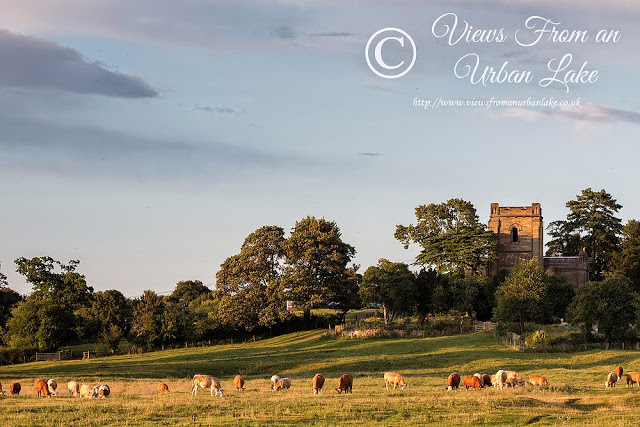
Introducing the Patch – Church Yard
Before you even arrive at the church there is a small copse area (Red on the map), the ground is all nettle and bramble with some old in winter you will usually find a small tit flock searching through the uncovered leaves for a small treat or two, and an occasional Great-spotted Woodpecker can be heard high in the canopy calling out for a friend. It is also the only place I have heard (but not seen) Nuthatch in winter. In the summer it is a huge haven for hoverflies and other insects.
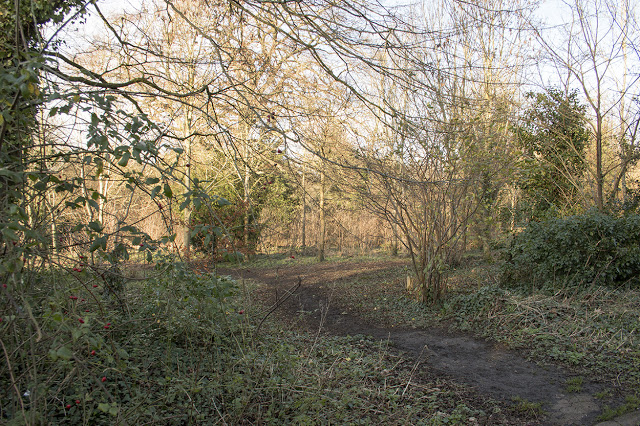 |
| The entrance to the small copse |
The aforementioned Motte and Bailey fields (green on the map) that half surround the church offer great views out across the Ouse Valley and some of the tops of the local trees, elders and sloe usually. In spring, summer, and early autumn they become the home to numerous Swallows and Martins as they cover the wires or hunt insects in an ancient aerial battle.
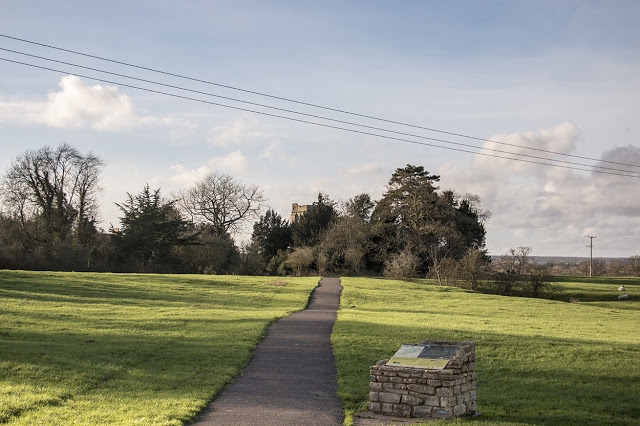 |
| Sheep fields and the top of the motte and bailey (church in the background) |
Introducing the Patch – Church Yard Map
More Photos of the Church Yard area
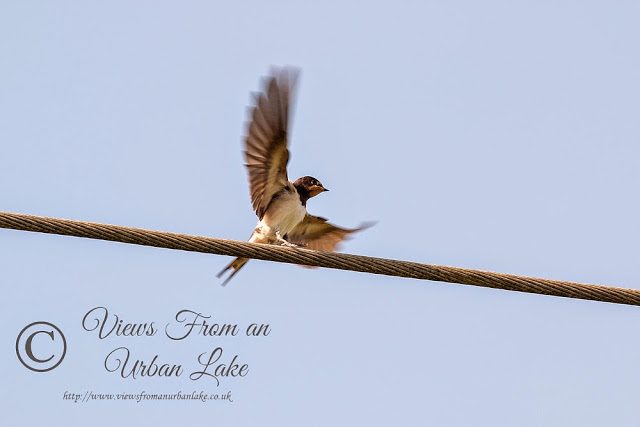 |
| Barn Swallow |
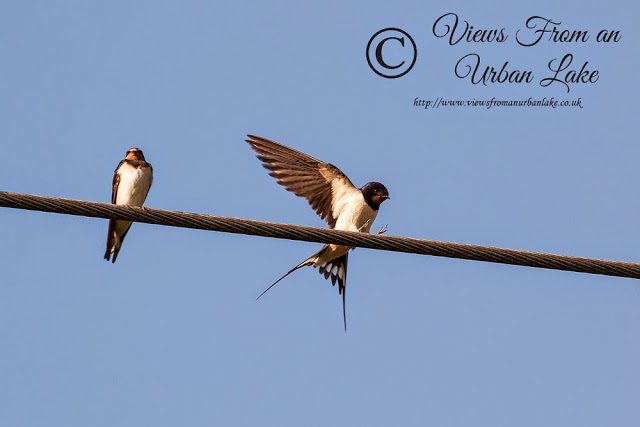 |
| Another Barn Swallows |
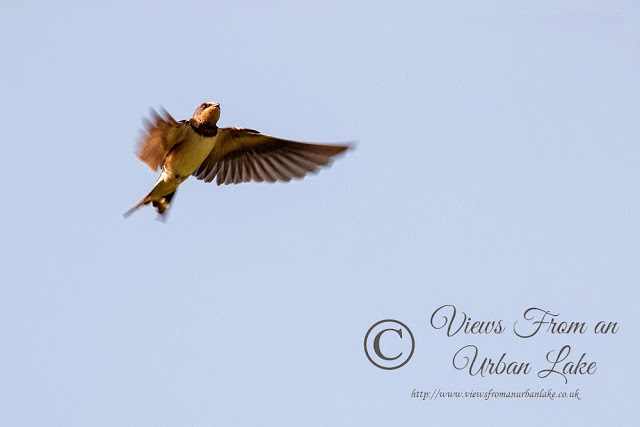 |
| Barn Swallow in flight |
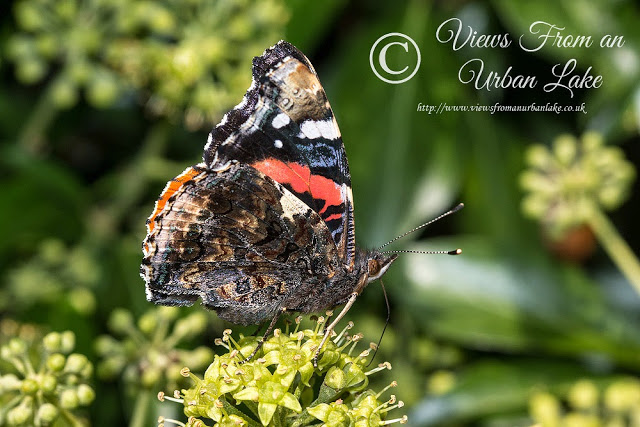 |
| Red Admiral butterfly |
For more in the series see my Introducing The Patch page.
Did you enjoy Introducing the Patch – Church Yard? or Find it useful? Then please consider sharing with your friends via the links below/





